
Healthy women have two ovaries and their role is to sore eggs. One ovary releases one egg every month. Ovaries are located on the left and right side of the uterus. Uterus needs a signal from female sexual hormone (estrogen) to prepare for the egg, thickening the lining and preparing for implantation of a fertilized egg. If the egg is not fertilized, all content of the uterus gets expelled and this is actually the (menstrual) period.
About Ovarian Cysts
Formation of ovarian cysts may affect women of all age, but are most likely to occur in childbearing years. These cysts are usually harmless sacks filled with fluid in the ovaries. Looking at ultrasound image, ovarian cysts look like bubbles, since cysts have thin wall and contain only fluid. Bubble-like cysts are also known as simple or functional cysts. In some cases, follicle holding the eggs may not rupture or release the egg. When that happens remnant fluid may also form the cyst. Formation of follicles may also be the cause of small cysts in the ovaries.
Many times, ovarian cysts are physiologic or functional and there is nothing wrong with a woman having them in the ovaries. These cysts are also usually benign (non-cancerous in nature) and they don’t require any medical treatment. In most cases, ovarian cysts disappear few weeks after the initial diagnoses and there is no need for any therapy. However, ovarian cancer may also be the cause of ovarian cysts.
Types of Ovarian Cysts
Corpus luteum cyst is also functional cyst of the ovaries. If there is no fertilization of the egg, corpus luteum (follicle which has released the egg) breaks down and disappears or forms these cysts. In most cases, such cyst is located on one side of the body only and there are no symptoms. Cystadenoma is a benign tumor of ovarian tissue, which can be very big, up to 12inches in diameter. Dermoid cyst or mature cystic teratoma is actually benign tumor and it could contain fat, cartilage, bone or even hair. This condition affects mainly younger females and the cyst may grow up to 6 inches. Endometrioid cysts or endometriomas appear in endometriosis. These can cause chronic pelvic pain and fertility problems in women of reproductive years. Follicular cysts are simple, formed after collapse of mature follicle or in cases of missed ovulation. It can be about 2.3 inches big and can cause sharp pain on the side of the body where the cyst ruptured. This condition may also pass unnoticed, without any symptoms and resolve on its own in a few months time. Hemorrhagic cyst is also functional cyst which started to bleed within, causing abdominal pain. Polycystic-appearing ovary is enlarged and contains several small cysts on the outside of the ovary. If a woman has some other physiological abnormalities and symptoms she could be suffering from polycystic ovarian syndrome (PCOS). This condition may cause abnormal bleeding, infertility, miscarriages and other problems with pregnancy.







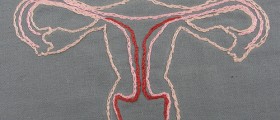
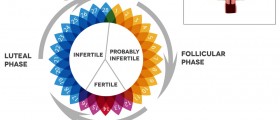

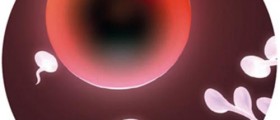
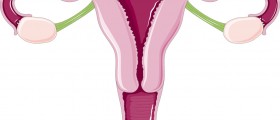


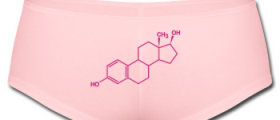
Your thoughts on this
Loading...